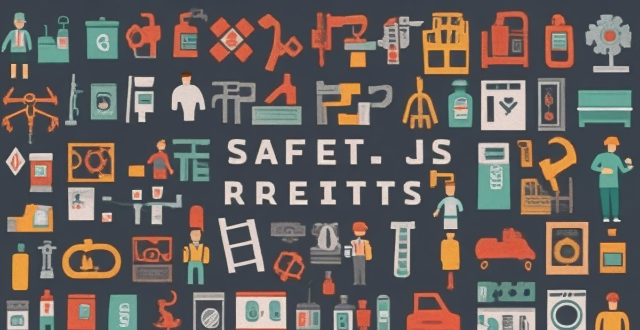The text discusses safety precautions for working with internal rotor motors. The key points include wearing appropriate personal protective equipment (PPE), disconnecting the power source before starting work, using insulated tools and gloves when working with live electrical components, using proper lifting techniques and equipment when moving heavy motors or components, avoiding contact with moving parts while the motor is running, handling lubricants or coolants carefully to avoid spills or skin contact, storing chemicals in a well-ventilated area away from heat sources and ignition sources, following proper disposal procedures for waste materials generated during maintenance or repair work, working in a well-ventilated area to minimize exposure to fumes or dust, using vacuum cleaners or other collection devices to capture debris and minimize cleanup time, and disposing of hazardous waste materials according to local regulations and guidelines.

Safety Precautions for Working with Internal Rotor Motors
When working with internal rotor motors, it's essential to follow specific safety precautions to prevent injuries or damage. Here are some key points to consider:
Personal Protective Equipment (PPE)
- Always wear appropriate PPE, including gloves, safety glasses, and hearing protection when necessary.
- Ensure that your clothing is snug-fitting and made of flame-resistant material.
Electrical Safety
- Disconnect the power source before starting any work on the motor.
- Use insulated tools and wear insulated gloves when working with live electrical components.
- Be aware of potential electrical hazards such as short circuits, ground faults, and electrical shocks.
Mechanical Safety
- Use proper lifting techniques and equipment when moving heavy motors or components.
- Avoid contact with moving parts, such as rotors and belts, while the motor is running.
- Ensure that guards and shields are in place before operating the motor.
Chemical Safety
- If lubricants or coolants are used, handle them carefully to avoid spills or skin contact.
- Store chemicals in a well-ventilated area away from heat sources and ignition sources.
- Follow proper disposal procedures for any waste materials generated during maintenance or repair work.
Environmental Considerations
- Work in a well-ventilated area to minimize exposure to fumes or dust.
- Use vacuum cleaners or other collection devices to capture debris and minimize cleanup time.
- Dispose of any hazardous waste materials according to local regulations and guidelines.
By following these safety precautions, you can help ensure a safe and productive work environment when working with internal rotor motors. Remember to always prioritize safety over speed or convenience!